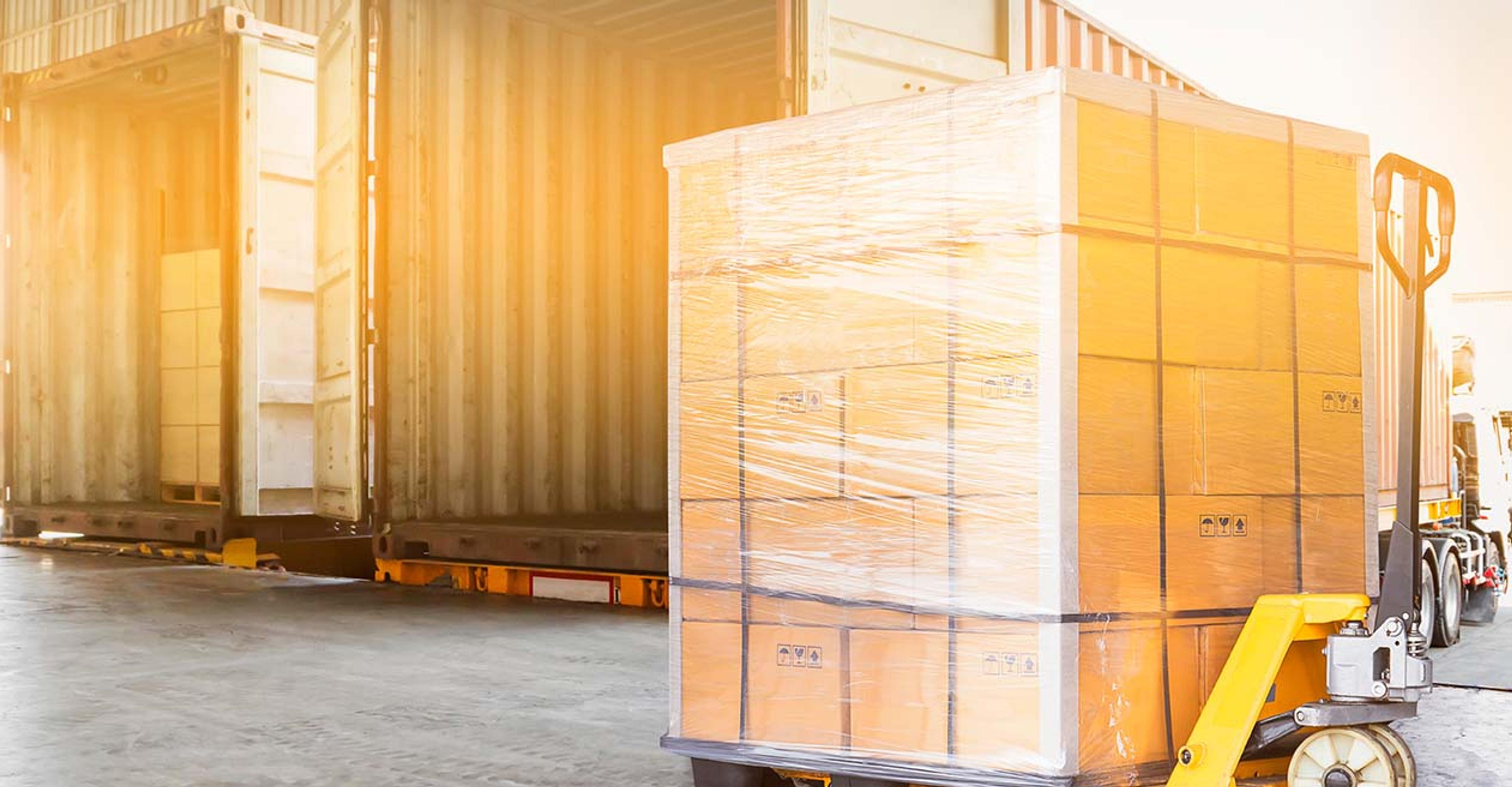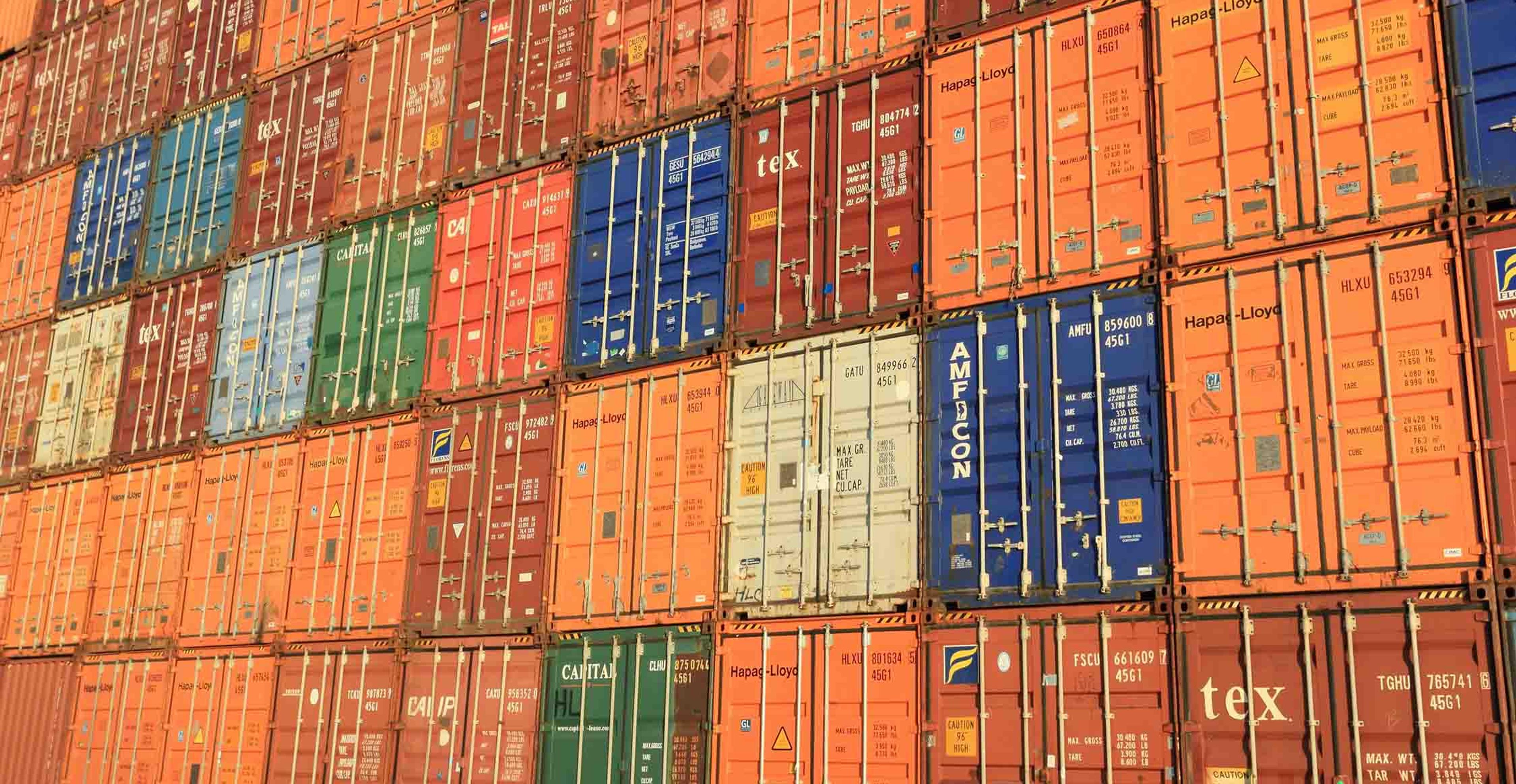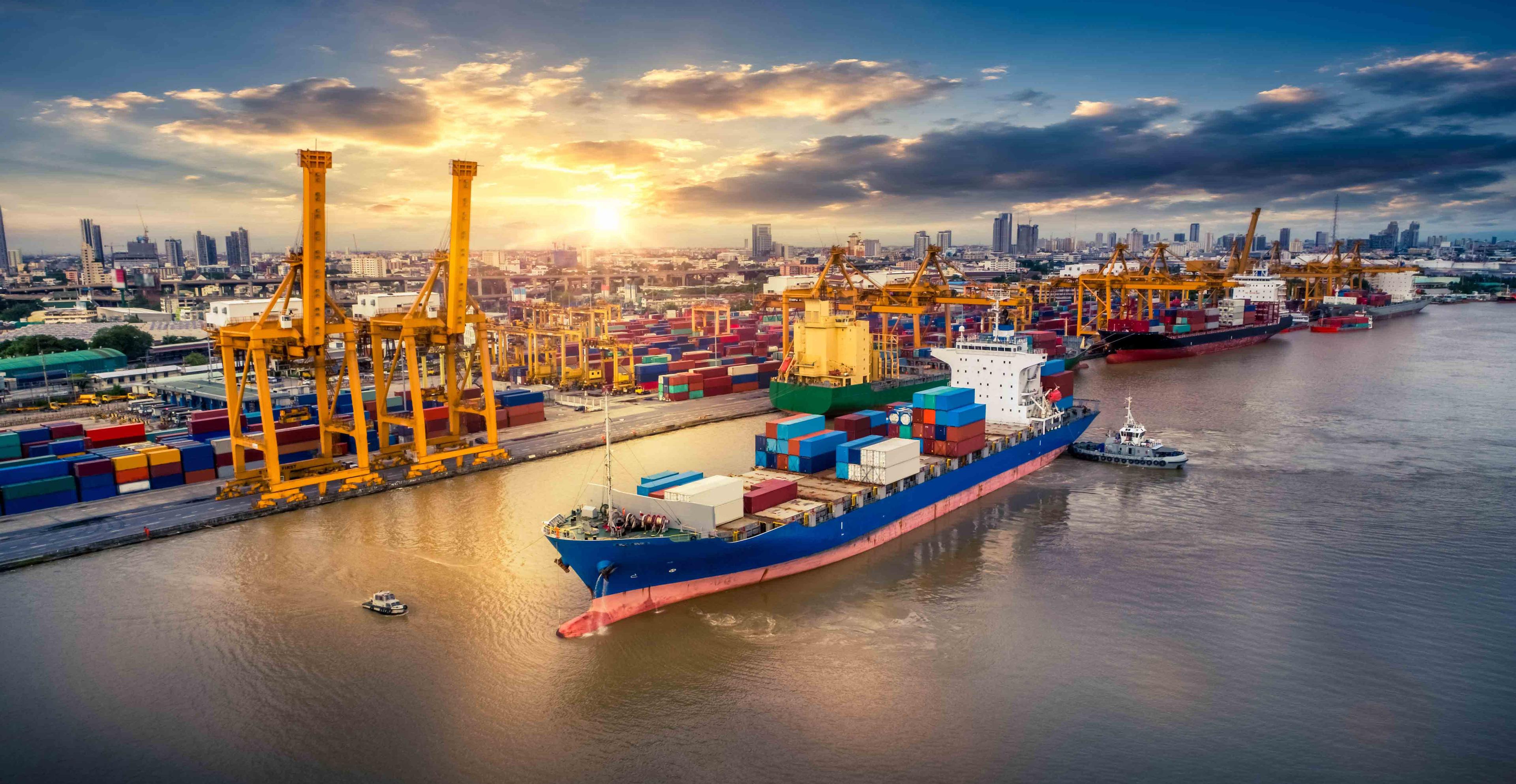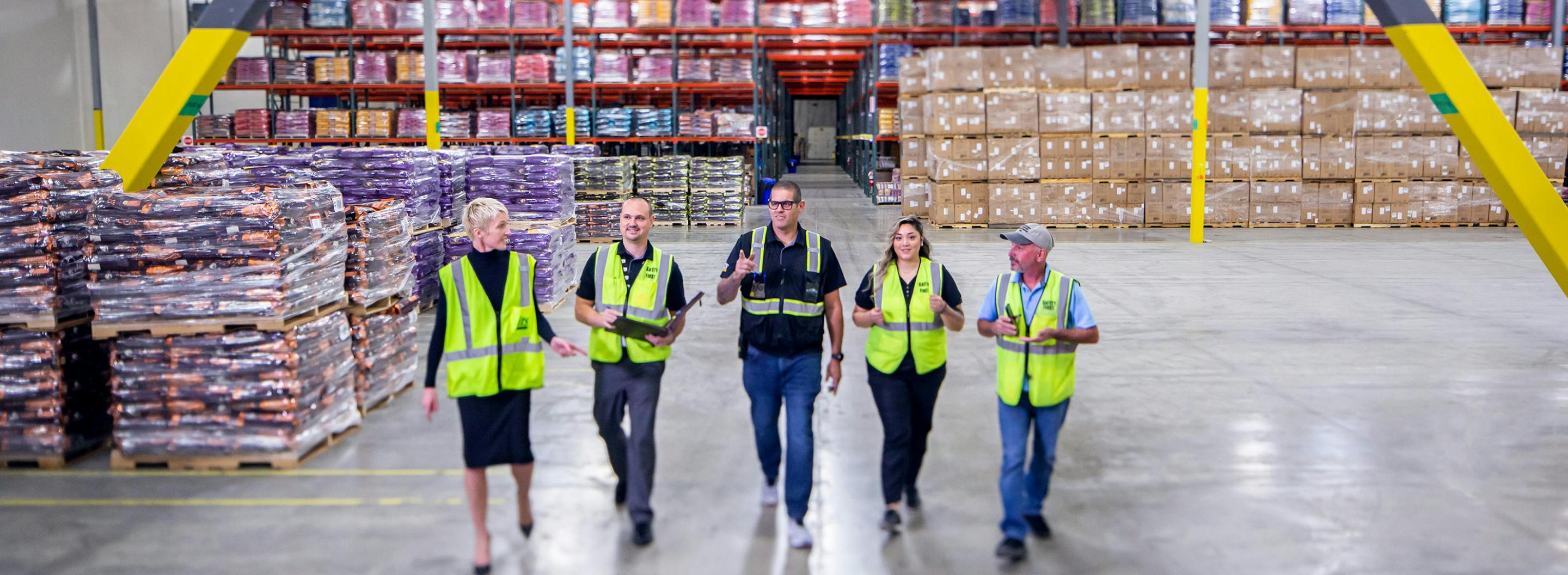
Shifting goods between transportation modes is essential for maintaining supply chain fluidity. Events such as labor strikes or congestion at ports and rail terminals can disrupt the transport chain, emphasizing the need for alternative logistics solutions. Shipping delays during recent weather events and labor strikes underscored the importance of adaptable logistics strategies.
One such strategy is transloading, which involves unloading freight from one mode of transportation—like an intermodal container—and reloading it onto another. This process enables shippers to circumvent bottlenecks and keep goods moving efficiently.
For instance, when faced with congested rail ramps, shippers can transfer cargo from ocean containers to middle-mile truckload transportation. The transloading process allows freight to continue its journey inland to final delivery without waiting for available rail capacity.
Let’s dive deeper into transloading, its operational mechanics, and its benefits for shippers.
Transload Definition
Transloading is the process of transferring goods from one transportation method to another during their journey from manufacturer to end consumer. This process often begins when an ocean container arrives at a port terminal and is transported to a transloading facility, where goods are cross-docked into other transportation modes. From there, freight enters a multimodal network that includes North American rail, full truckload (FTL) over-the-road transportation, less-than-truckload (LTL), and small parcel delivery.
Here’s a practical example: an ocean container arrives at a congested rail terminal but still needs to travel 700 miles inland. Instead of waiting for rail capacity, the container is drayed to a transloading facility, where the freight is transferred into a dry van or reefer truck, bypassing the rail leg entirely. This transfer is a prime example of transloading in action.
The Transloading Process
Understanding the transloading process is crucial for optimizing supply chain operations. The typical steps include:
- Receiving the Goods: Goods arrive at the transloading facility via their initial transportation mode, such as an intermodal container delivered by ship or rail.
- Unloading and Inspection: The cargo is unloaded and inspected for damage or discrepancies to ensure it meets quality standards.
- Sorting and Organizing: Items are sorted based on destination, size, weight, and other factors to facilitate efficient loading onto the next transportation mode.
- Loading onto New Transportation Mode: Goods are loaded onto the appropriate transport mode—such as trucks, trains, or ships—for the next leg of their journey.
- Documentation and Tracking: Necessary documentation is updated, and shipment tracking is initiated to monitor progress and ensure timely delivery.
This structured approach enhances flexibility and efficiency in the supply chain.
The Main Benefits of Transloading
Transloading offers a variety of benefits for shippers:
- Increased Flexibility
Transloading allows shippers to adapt quickly to supply chain disruptions, such as port congestion or equipment shortages, by switching between transportation modes. - Cost Savings
Transloading can help reduce shipping costs by optimizing transportation modes compared to relying on a single mode throughout the journey. - Enhanced Speed and Efficiency
By bypassing slow or congested routes, transloading can significantly improve transit time—ideal for time-sensitive shipments. - Inventory Management
Transloading helps shippers break down large container shipments into smaller truckloads for regional distribution and improves inventory control. - Reduced Handling and Storage Costs
With transloading, freight is typically moved directly from one mode to another without the need for prolonged storage, which reduces handling and storage fees.
The Cons of Transloading
While transloading offers many benefits, it also comes with challenges:
- Increased Handling Risks
Each transfer increases the risk of damage to goods, especially fragile items since more handling is involved. - Added Complexity
Transloading adds layers to the logistics process. It can complicate logistics operations by requiring coordination between different carriers, transloading facilities, and transportation modes. - Potential for Delays
Delays can occur if the transloading facility lacks adequate staffing or trucks are not readily available. - Higher Costs for Specialized Freight
Freight like hazardous materials or temperature-sensitive goods may require specialized equipment, increasing transloading costs.
Important Factors to Consider When Transloading
Successful transloading requires thoughtful planning. Since it’s often a reactive solution, consider the following:
- Freight Type
Ensure the transloading facility has the equipment to handle specific freight types, such as reefers for perishable goods. - Cost vs. Urgency
Assess whether the cost of transloading outweighs potential delay costs. - Sustainability
Consider transloading into more eco-friendly modes like rail to meet sustainability goals while reducing long-term costs.
Cross Dock vs. Transload
Although cross-docking and transloading share similarities, they differ in key ways. Cross-docking involves unloading and reloading freight onto the same mode of transport. Transloading, however, switches freight between different modes—for instance, from a rail car to a truck. This flexibility makes transloading indispensable for managing intermodal shipping challenges.
What Kind of Products Can Be Transloaded?
The short answer: any and all freight can be transloaded. One of transloading’s greatest strengths is its flexibility to handle virtually any type of shipment, regardless of size, weight, or special requirements. Whether moving consumer goods, industrial materials, or temperature-sensitive cargo, transloading can accommodate it.
Here are some examples of the wide range of freight that can be transloaded:
- Consumer Goods: Furniture, electronics, apparel, and packaged goods ready for regional or national distribution.
- Building Materials: Lumber, steel, concrete, and other construction essentials destined for job sites.
- Large Equipment: Oversized machinery, vehicles, or infrastructure components like wind turbine blades.
- Food and Beverages: Fresh produce, frozen foods, and canned goods for grocery distribution centers.
- Specialized Freight: Hazardous materials, cryogenics, and other shipments requiring specific safety or temperature controls.
Whether your freight is delicate, oversized, or requires specialized handling, transloading provides the flexibility to move it efficiently through the supply chain.
Get the Most Out of Transloading with ITS Logistics
ITS Logistics specializes in transloading services that simplify and streamline your supply chain. With a network of transloading facilities across 56 regional markets, we provide seamless drayage from major ocean ports and facilitate smooth transitions into North America’s multimodal transportation network. From intermodal shipping to LTL and small parcel delivery, we help you find the most efficient and cost-effective way to move your goods.
With decades of experience and best-in-class technology, ITS Logistics customizes solutions for each customer, ensuring reduced transit times, optimized freight movement, and unparalleled reliability. Whether you’re managing high-volume imports or navigating disruptions like port congestion, our transloading expertise keeps your supply chain on track.
Contact ITS Logistics today to discover how our scalable, dependable solutions can enhance your logistics strategy and maximize operational success.



